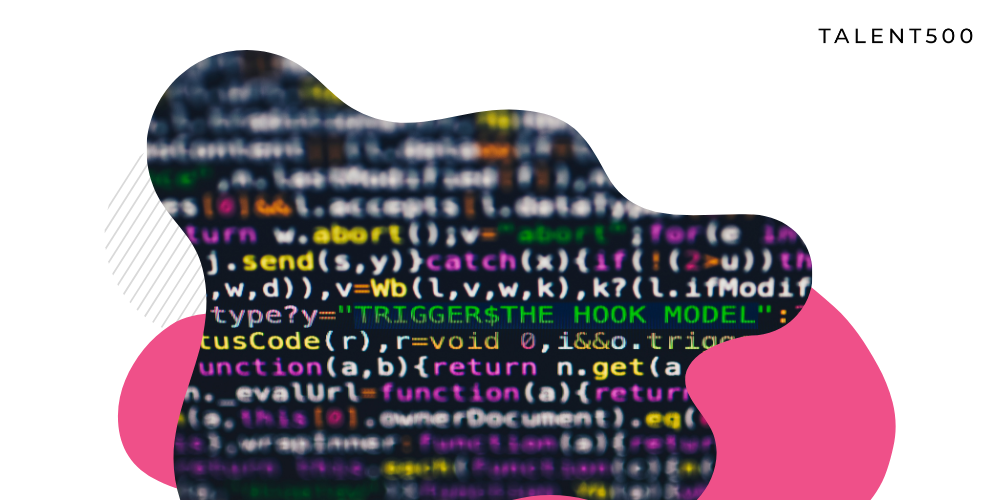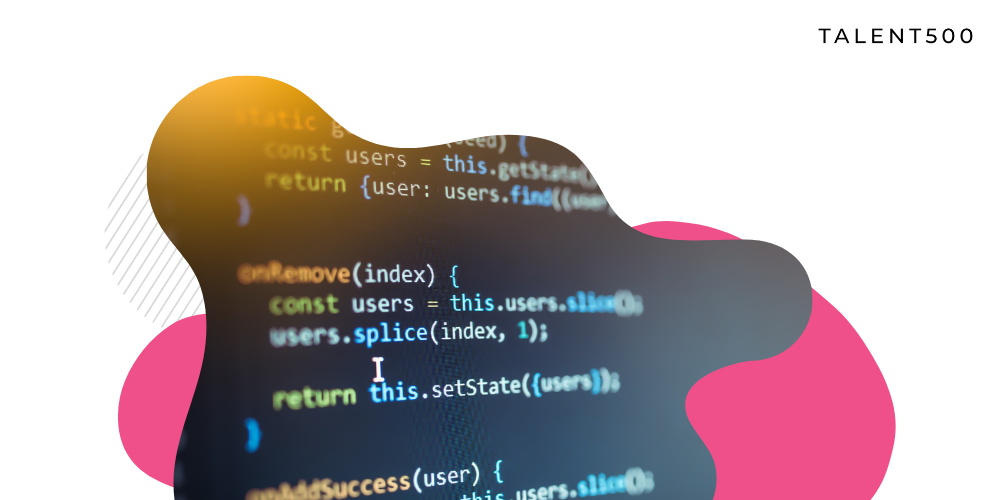Frontend development isn’t always fast, as the development speed can suffer without the proper tools to incorporate complex app functionalities and visuals into the design. Fortunately, modern frontend development tools offer the rate to build applications much more efficiently.
This post will list the top 5 progressive frontend development tools for hassle-free web development.
Bit — Component-Driven for 10X
Modern frontend development is component-driven. Most modern frameworks focus on components to build apps faster.
Bit is an advanced frontend tool for next-generation component-driven development. It allows users to build components that can be used independently to compose different applications. As the components can run anywhere, you can build scalable applications faster.
The Bit Cloud Platform helps teams collaborate and build together. For instance, if you are building eCommerce, working on components for each product page can be time-consuming and tedious. Bit can speed up the process as it offers excellent features like reusable customizable component templates, impressive visual components docs, isolated unit-testing, and per-component versioning.
Overall, Bit is a powerful frontend development tool for Micro Frontends, Rapid App Development, System Designs, and faster delivery of projects.
It is hard to imagine modern frontend development without npm or Node Package Manager. The numbers can anticipate the extent of its use – over 10 million front-end developers download over 30 billion packages every month using npm.
Package managers are essential for front-end development as they help install new dependencies in the code without writing everything from scratch. Furthermore, they can handle duplicate dependencies- a significant hassle in frontend development that occurs when the same reliance occurs more than once.
Node Package Manager hosts a large software repository that includes popular BootStrap, Reach jQuery, and Vue packages. It would be best to use it in application development because it allows easy installation of node programs and reusable code packages. It is cross-platform compatible, implying you can use it on any OS for web app development. It is a standalone tool that you can use with almost any application.
GatsbyJS is one of the prominent frameworks for building static sites using JAMStack. Frontend developers can significantly speed up the web development process using GatsbyJS. It offers a readymade framework, rich web templates, and a well-optimized set of tools to start building out-of-the-box.
GatsbyJS is a free, open-source, React-based framework that makes it too easy to work with countless static pages. If you are working on a React project and want to deploy static pages, GatsbyJS is your best bet.
Developers use this framework to build React applications that are fast and optimized for performance and dev experience. Do not underestimate the scope of GatsbyJS for full-blown modern applications. With the availability of thousands of plugins, you can add extended functionalities to your JAMStack static sites.
Sentry is an open-source full stack error tracking system.
Any frontend developer worth his salt knows that error tracking is essential for faster application development. With Sentry.io, you can track errors across servers, browsers, and frameworks. It allows error tracking for both desktop and mobile applications.
Another reason why this is an essential tool for frontend developers is that it is for web applications. You can install Sentry with just two commands, and the UI/UX is straightforward to use. It is an excellent tool for frontend developers to prevent errors from reaching production by identifying and resolving them early on.
Suppose you are working on an enterprise web application with a lot of backend code. It can be too time-consuming to track each conflict with the frontend code. You can deploy Sentry to trace all back-end errors caused by backend issues. This tool provides a holistic full stack approach to frontend error fixing. Sentry can automatically capture all unhandled exceptions to avoid rolling into a more significant problem.
Project management tools are essential for backend as well as frontend developers. Faster frontend development means collaborating efficiently and effectively with other developers and stakeholders.
Jira is a powerful project management tool for front-end developers that boosts team collaboration by facilitating project planning, bug and error management, task management, time tracking, and resource allocation.
When working on large projects such as an eCommerce portal, you will need to improve the project’s agility by allowing developers to collaborate without clashing. Jira can help teams with agile development at scale. It improves operational efficiency and delivers better results by keeping the teams aligned toward the same goal.
Conclusion
Frontend development is evolving fast, and there is so much innovation across the board. You do not have to stick with the slow and outdated tools; there are too many options available to speed up the development of your projects where time is of the essence. We hope these five front-end development tools will add value to your projects by helping you code faster and deliver the best results.
Some of the biggest brands trust Talent500 to hire, build, and manage their remote teams. Sign up here to join the elite frontend developers pool and get hired by the best companies.







